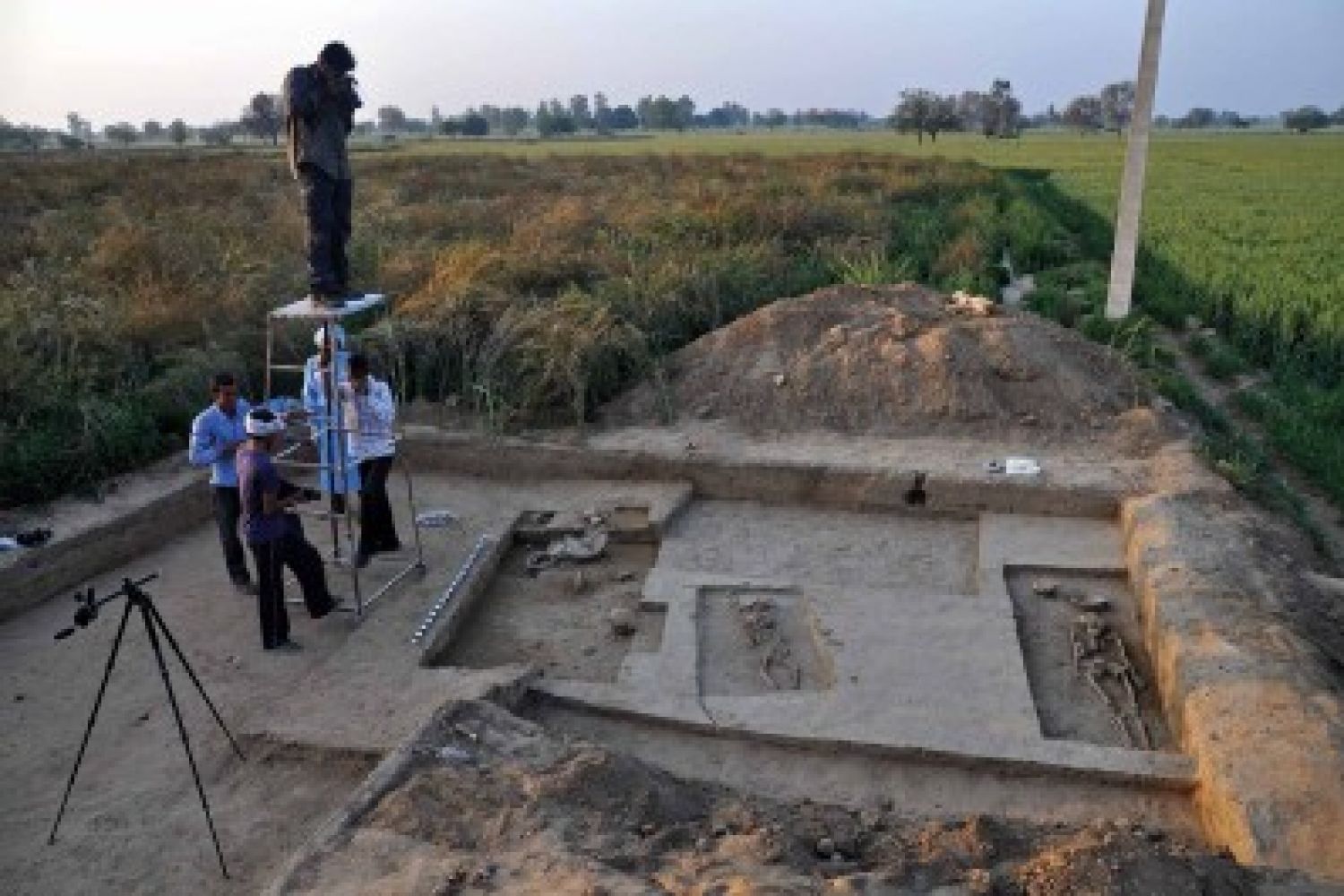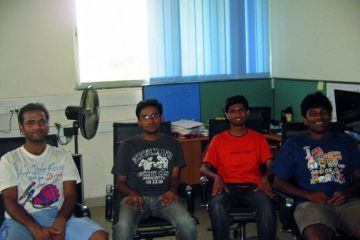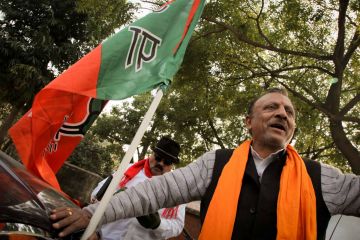
Coming together, glorious, loudly roaringSaraswati, mother of floods, the seventhWith copious milk, fair streams, strongly flowingSwelling with the volumes of the waters– Rig Veda, Book VIIIn May, 70-year-old
Dhappu Singh Bhati—wearing a red-and-green kurta, a white dhoti, and a turban
that was once white—cycled 20 kilometres to see a myth come true. He had heard
enough about the myth in Hanoriya, his village in Rajasthan’s Jaisalmer
district, but wanted to see it himself th
Continue reading “‘Sacred’ captive of a political agenda”
Read this story with a subscription.





